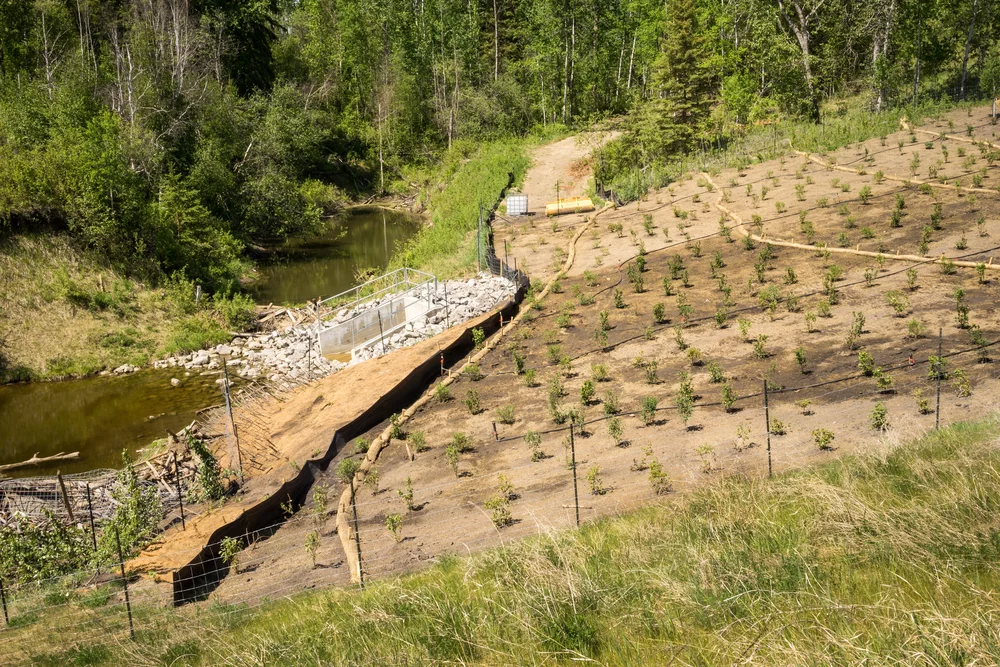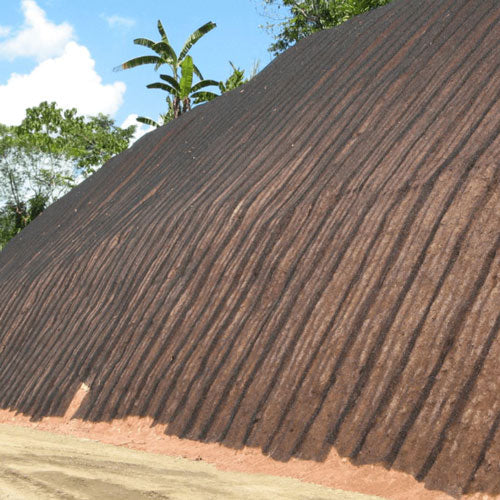Memphis Erosion Control Solutions Memphis TN: Your Regional Erosion Control Specialists
Wiki Article
Efficient Disintegration Control Methods for Lasting Land Administration
Are you seeking ways to successfully manage erosion on your land? Look no more! This article will offer you with useful info on the importance of erosion control in sustainable land management. Discover the various types of erosion and their effect on your land, as well as all-natural methods to regulate disintegration. Discover how to apply efficient disintegration control measures and make sure proper monitoring and maintenance. Beginning taking activity today to shield and maintain your valuable land.Value of Erosion Control in Sustainable Land Administration
Since it helps protect against dirt deterioration and loss,Disintegration control is essential for lasting land management. By carrying out reliable disintegration control strategies, you can make certain the lasting wellness and productivity of your land. Without proper erosion control actions, soil erosion can take place, leading to the loss of valuable topsoil that is rich in nutrients necessary for plant development.Due to the fact that it aids to keep dirt fertility,One of the main reasons disintegration control is crucial is. When soil deteriorates, it eliminates the raw material and nutrients that plants need to flourish. This can cause decreased crop yields and decreased performance of the land. Additionally, disintegration can cause sedimentation in neighboring water bodies, which can negatively influence aquatic ecosystems.
An additional secret benefit of disintegration control is the avoidance of land degradation. By executing disintegration control techniques such as terracing, contour plowing, and the use of cover plants, you can assist protect against land destruction and maintain the health of your land.

Sorts Of Erosion and Their Influence On Land
Understanding the various types of erosion and how they affect the land can assist you apply far better land monitoring practices. Erosion is the process by which soil, rocks, and various other materials are slowly worn off and carried by natural forces such as water, wind, and ice. There are four primary sorts of erosion: sheet disintegration, rill erosion, gully erosion, and mass motion disintegration.Sheet erosion happens when a slim layer of dirt is eliminated consistently from the surface area of the land. Rill erosion, on the various other hand, occurs when tiny networks or rivulets are formed on the land due to the circulation of water.
Gully erosion is more severe and takes place when bigger gullies or channels are created due to the continuous circulation of water. Mass activity erosion refers to the motion of big quantities of soil and rocks downhill due to the force of gravity.
Understanding these various types of disintegration and their influence on the land is crucial for reliable land monitoring. By executing disintegration control techniques such as terracing, contour plowing, and reforestation, you can reduce disintegration and protect the honesty of the land. In addition, practicing great land administration approaches like appropriate crop turning, keeping ground cover, and using debris control measures can further assist in stopping disintegration.
All-natural Erosion Control Methods for Lasting Land Management
By executing all-natural disintegration control approaches, you can effectively manage and protect the stability of your land. One efficient method is using plant life, such as lawns and plants, to stabilize dirt and stop erosion. Growing native types can assist raise root density and bind the dirt with each other, reducing the risk of erosion brought on by heavy rains or wind (Memphis Erosion Control Solutions excavation). Furthermore, mulching is an additional natural strategy that can assist control erosion. By applying a layer of natural mulch, such as wood chips or straw, you can secure the dirt from the influence of raindrops, reducing dirt compaction and runoff. An additional all-natural disintegration control method is contouring the land. By developing shape lines or balconies on inclines, you can slow down the flow of water and allow it to penetrate the dirt, decreasing erosion. In locations where disintegration is a significant issue, setting up disintegration control coverings or floor coverings can be helpful. These floor coverings are made of naturally degradable products and assist support the dirt up until greenery is developed. On the whole, by utilizing these all-natural disintegration control techniques, you can properly handle and safeguard your land from disintegration, ensuring its lasting sustainability.Applying Efficient Disintegration Control Actions

To properly take care of and protect your land from disintegration, you need to think about carrying out tried and tested techniques that can assist alleviate the danger. One such approach is using disintegration control blankets. These blankets, made from artificial products or natural fibers, are positioned on the soil surface area to support it and avoid disintegration. They help maintain wetness, lower debris runoff, and promote the growth of plants. Another effective strategy is making use of terracing. Terracing entails creating degree systems on sloping land, which helps to decrease drainage and avoid disintegration. It also enables the growing of plants on the terraced inclines. Furthermore, planting vegetation is an important action in disintegration control. Trees, hedges, and yards have considerable origin systems that bind the dirt with each other, decreasing disintegration triggered by wind and water. Setting up sediment control steps such as silt fences and sediment fish ponds can help trap debris and avoid it from getting in neighboring water bodies. These measures are particularly vital throughout construction tasks. By applying these confirmed disintegration control approaches, you can successfully shield your land and lessen the threat of landscape solutions inc disintegration and its harmful impacts.
Surveillance and Maintenance of Disintegration Control Strategies
When surveillance and keeping erosion control procedures, it is necessary to routinely evaluate the erosion control coverings, balconies, greenery, and debris control actions to ensure they are working appropriately and effectively stopping erosion (Memphis Erosion Control Solutions erosion control). By carrying out regular inspections, you can recognize any concerns or deficiencies in the disintegration control techniques and take necessary actions to fix them
Start by examining the erosion control blankets. See to it they are securely secured and cover the intended areas without any type of gaps. Look for signs of damages or wear, such as splits or revealed dirt. Change or fix any broken blankets immediately to preserve their effectiveness.
Inspect for signs of erosion, recommended you read such as debris buildup or uneven surface areas. Ensure that the balconies are effectively developed and kept to divert water flow and decrease erosion.
Review the greenery in the erosion control location. Correct vegetation protection assists support the dirt and stop disintegration.
Lastly, inspect the sediment control measures, such as sediment containers or sediment fencings. Make sure they are correctly installed and working as planned. Remove any gathered debris and make sure that the controls are appropriately kept.
Routine surveillance and upkeep of disintegration control measures are important for their lasting efficiency in stopping erosion and preserving lasting land monitoring practices.
Final Thought
Finally, you must prioritize disintegration control for lasting land management. By comprehending the different types of disintegration and their influence on the land, you can apply efficient natural disintegration control techniques. It is essential to consistently keep track of and preserve these techniques to guarantee their lasting effectiveness. By taking activity and implementing these steps, you can assist protect the land from erosion and advertise lasting land management practices. So, do not think twice to make disintegration control a priority for a healthier and even more lasting future.Discover the different types of erosion and their impact on your land, as well as natural approaches to manage disintegration. There are 4 main types of click resources erosion: sheet disintegration, rill disintegration, gully disintegration, and mass activity disintegration.
By executing disintegration control methods such as terracing, contour plowing, and reforestation, you can lessen erosion and preserve the integrity of the land (hydroseeding). In general, by using these natural disintegration control approaches, you can effectively handle and shield your land from disintegration, guaranteeing its long-term sustainability
By recognizing the different types of disintegration and their effect on the land, you can implement effective all-natural disintegration control approaches.
Report this wiki page